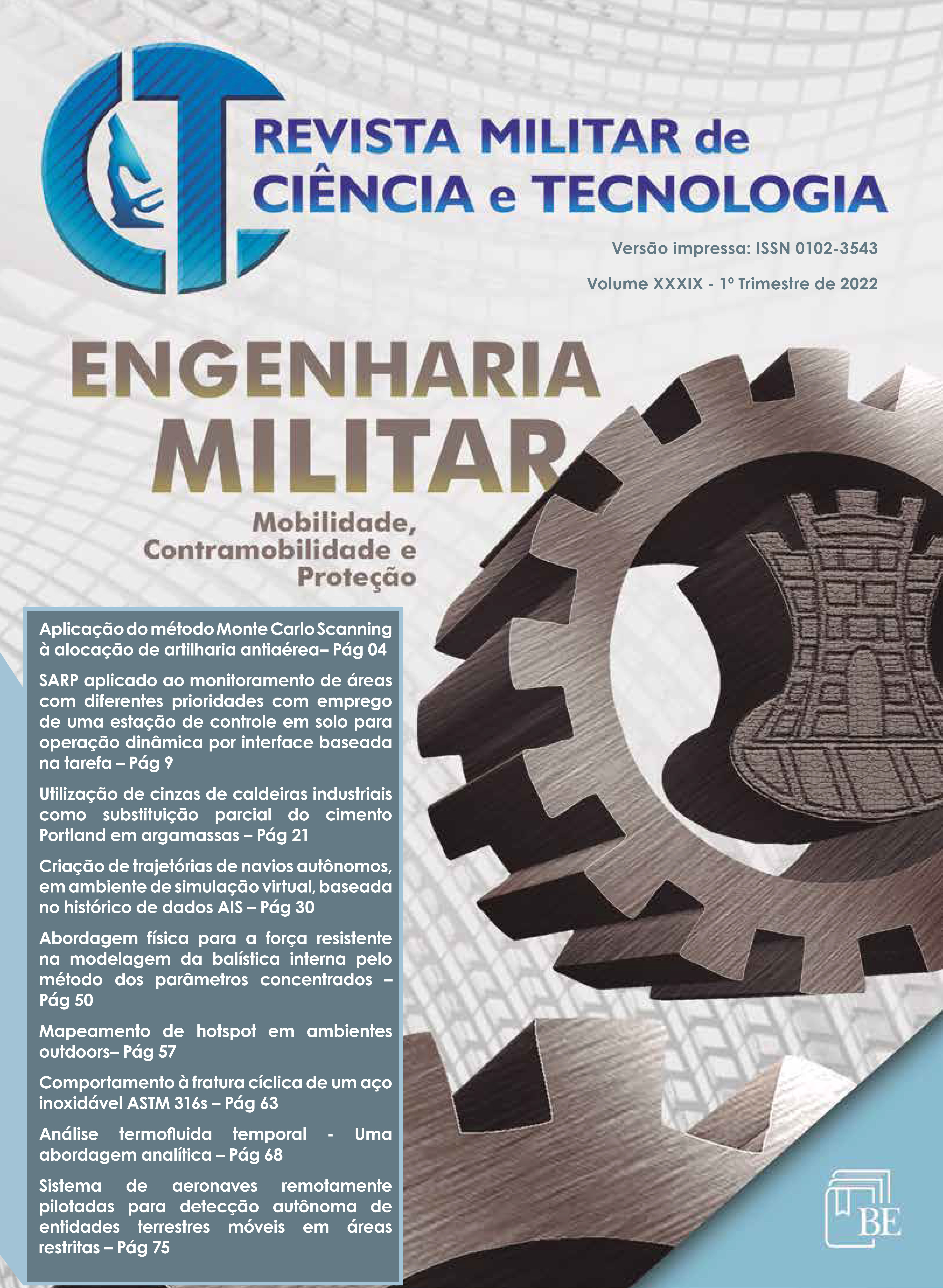Comportamento à fratura cíclica de um aço inoxidável ASTM 316
##plugins.themes.bootstrap3.article.main##
Resumo
O estudo da fractografia de um material é de extrema importância, pois, através do mesmo, é possível chegar a conclusões que indicam o motivo e as condições pelas quais um material pode vir a romper-se. Aços inoxidáveis austeníticos, quando submetidos a carregamentos uniaxiais, com baixas taxas de deformação até a ruptura, apresentam um aspecto macroscópio de fratura dúctil, entretanto, uma análise detalhada por técnicas, como microscopia eletrônica de varredura (MEV), podem mostrar regiões de fratura frágil, o que pode ocorrer pela transformação de fase que os aços austeníticos apresentam quando submetidos à deformação plástica (efeito TRIP) ou pela austenita encruada. Este trabalho tem como objetivo avaliar o aspecto de fratura de um aço inoxidável 316, submetido a carregamento cíclico uniaxial de baixa frequência para fins comparativos, com o aspecto de fratura do mesmo material fraturado em um ensaio de tração, verificando como a mudança do tipo de carregamento pode afetar na morfologia de fratura do material. Os resultados indicam que ambos os tipos de carregamento apresentam fratura dúctil, porém com morfologias diferentes, ou seja, tipo taça e cone para tração, e ruptura em 45° para o ensaio cíclico. Essa diferença indica que a trinca se nucleia em diferentes regiões para cada carregamento, podendo também indicar serem dependentes da quantidade de material encruado e transformado durante cada ensaio.
Downloads
##plugins.themes.bootstrap3.article.details##

This work is licensed under a Creative Commons Attribution-NonCommercial 4.0 International License.
A Revista Militar de Ciência e Tecnologia está licenciada:
A partir de 2022 sob as condições do Creative Commons (CC BY 4.0)
Até 2021 sob as condições do Creative Commons (CC BY-NC-SA 4.0)
Copyright: Os autores são os detentores do Copyright, sem restrições, de seus artigos.
As licenças estão informadas na página de acesso do artigo e são detalhadas a seguir:
Sob a licença CC-BY 4.0, você tem o direito de:
Compartilhar — copiar e redistribuir o material em qualquer suporte ou formato
Adaptar — remixar, transformar, e criar a partir do material para qualquer fim, mesmo que comercial.
De acordo com os termos seguintes:
Atribuição — Você deve dar o crédito apropriado, prover um link para a licença e indicar se mudanças foram feitas. Você deve fazê-lo em qualquer circunstância razoável, mas de nenhuma maneira que sugira que o licenciante apoia você ou o seu uso.
Sob a licença CC-BY-NC 4.0, você tem o direito de:
Compartilhar — copiar e redistribuir o material em qualquer suporte ou formato
Adaptar — remixar, transformar, e criar a partir do material
De acordo com os termos seguintes:
Atribuição — Você deve dar o crédito apropriado, prover um link para a licença e indicar se mudanças foram feitas. Você deve fazê-lo em qualquer circunstância razoável, mas de nenhuma maneira que sugira que o licenciante apoia você ou o seu uso.
Não Comercial — Você não pode usar o material para fins comerciais.
CompartilhaIgual — Se você remixar, transformar, ou criar a partir do material, tem de distribuir as suas contribuições sob a mesma licença que o original.
Sem restrições adicionais — Você não pode aplicar termos jurídicos ou medidas de caráter tecnológico que restrinjam legalmente outros de fazerem algo que a licença permita.
Aviso
Para qualquer reutilização ou distribuição, você deve deixar claro a terceiros os termos da licença a que se encontra submetida esta obra.

